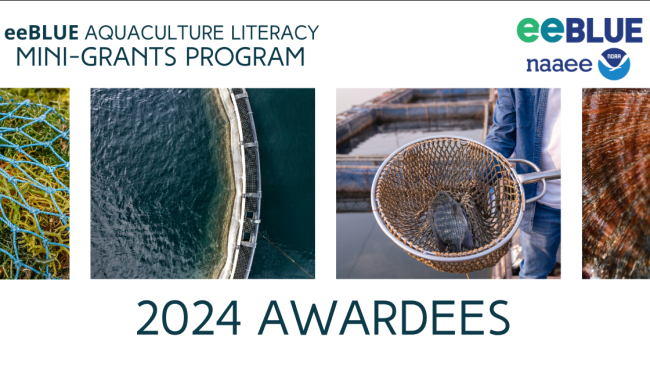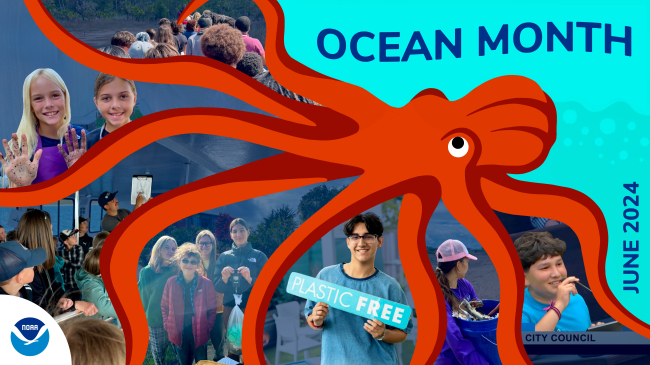Hi! I’m Emma Rudy Srebnik, a 2022 Hollings scholar. Welcome to a day in the life during my summer internship at NOAA Fisheries’ Little Port Walter Research Station, Alaska’s oldest year-round biological research station! Little Port Walter is located in the Tongass National Forest and quite remote! It is only accessible by float plane or boat.
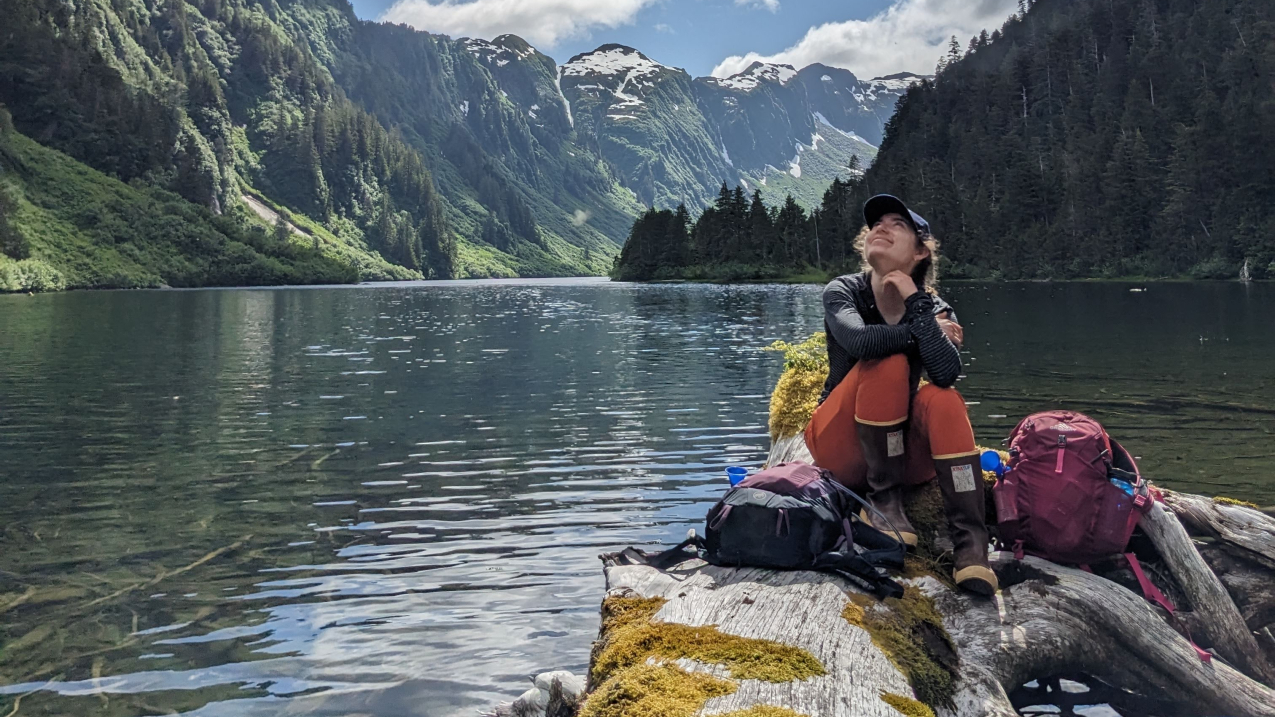
Emma Rudy Srebnik admiring the clouds and Alaskan landscape during her 2023 Hollings internship with NOAA Fisheries' Little Port Walter Research Station. (Image credit: Heather Fulton-Bennett)
7:18 a.m.
Wake-up! On a few occasions, I naturally woke up at 4 a.m. and would go outside to watch the sunrise, but usually not!
8:00 a.m.
The work day begins! Every day at Little Port Walter looked a bit different, but we always started with morning tasks, which included:
- Taking weather data (Little Port has been recording weather since the 1930s!!).
- Recording freshwater temperature as well as ocean temperature, pH, and salinity.
- Checking our “Fish Aggregating Device,” or FAD, for adult Chinook salmon migrating back to Little Port Walter. We collected these fish and took their measurements, genetic samples, and recovered coded-wire tags that indicate the year in which they were released from Little Port Walter.
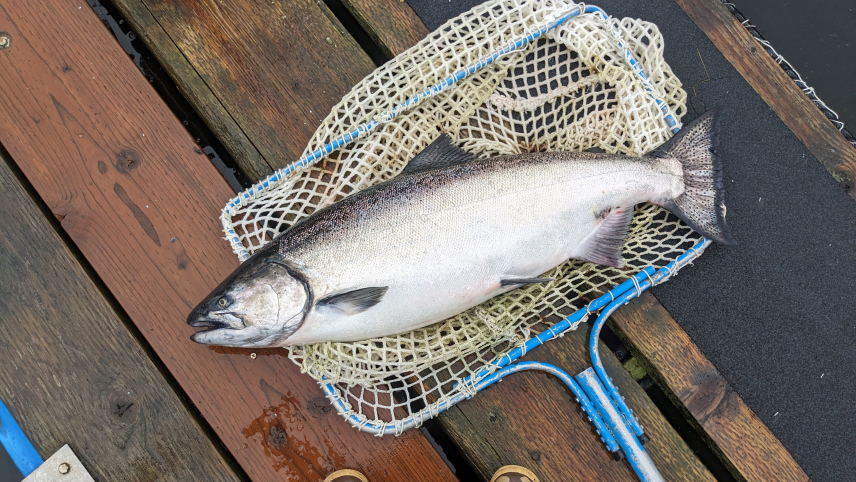
9:30 a.m.
Some days after morning tasks we would go to our salmon weir, which enables monitoring of all fish migrating upstream, to check water levels or do other maintenance projects. Other days we would collect juvenile Chinook salmon for salt water challenges to see how well they can tolerate the transition from freshwater to saltwater. The overall goal of the saltwater challenges is to develop a stock of Chinook salmon for aquaculture that would only require one year in the hatchery prior to their oceanic migration rather than two years. If we had a torrential downpour (not uncommon for Little Port Walter, the second rainiest place in North America), we might spend a few hours inside working on data projects or reading coded wire tags under a microscope.

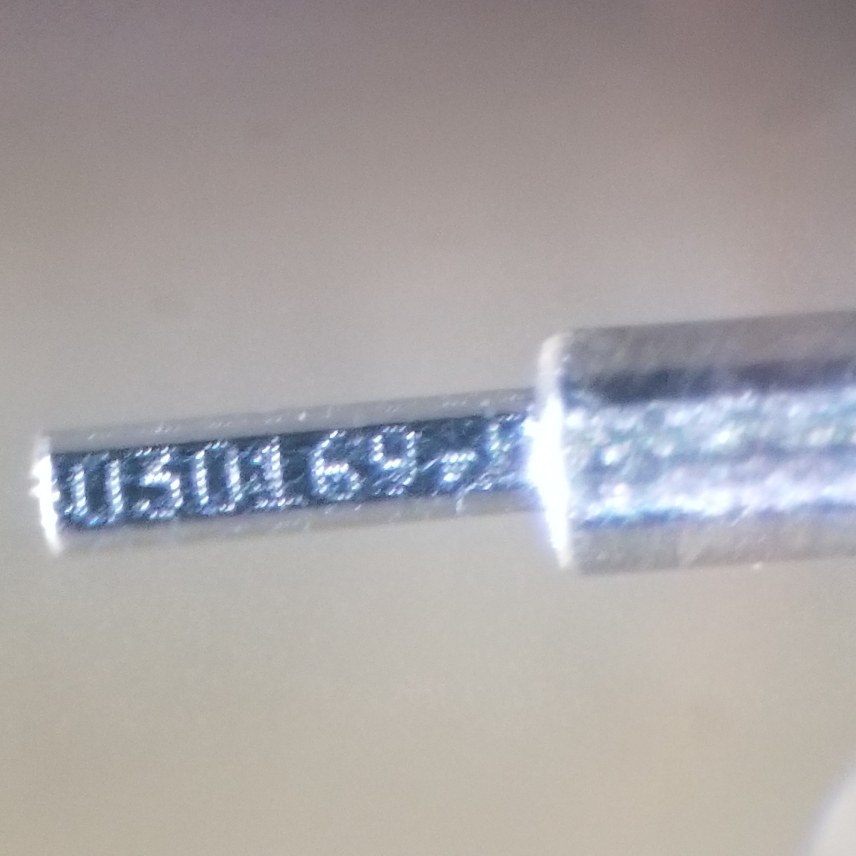
12:00 p.m.
Lunch time! Despite my mentor sending me lots of information and photos before my internship, I still did not expect the living conditions to be as nice as they were. In the white house, the main house for temporary researchers to live in over the summer, there was a fully stocked kitchen where delicious meals were frequently crafted. After eating, I often took my book down to the dock or went canoeing with the other intern, Aksiin. Nearly every canoe, we saw humpback whales very close!! It was incredible to feel so in touch with nature.
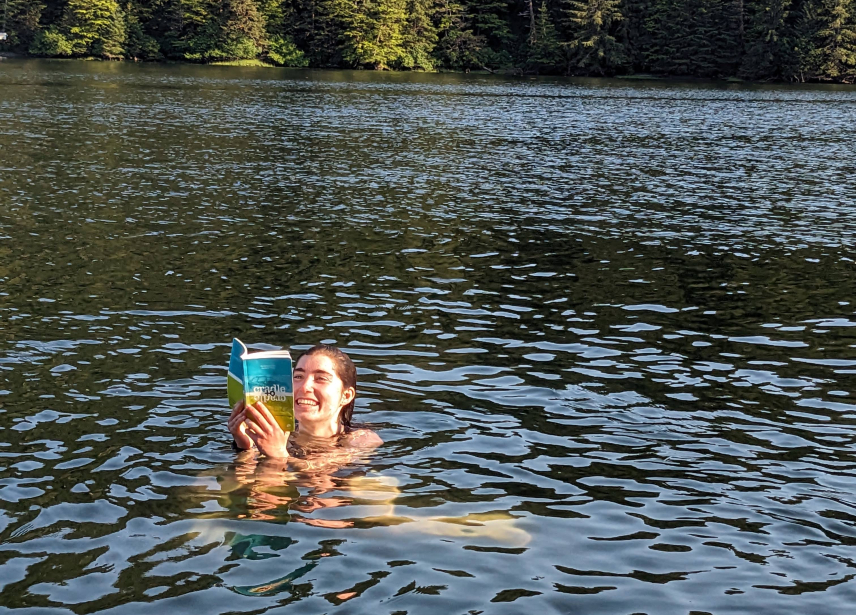
1:00 p.m.
Back to work! Part of the Hollings internship involves an independent research project. For mine, I looked at the potential influence of climate change and relative fish abundance on the condition factor of juvenile steelhead trout. In other words, we were curious how changing environmental variables (freshwater temperature, rainfall, snow) and abundances of fish species cohabitating the local stream might impact how fat steelhead that are migrating out can become. Oftentimes, I spent a few hours in the afternoon cleaning data in R, reading past papers, or creating figures and models. Working with a long-term data set (4,500+ steelhead smolts!) proved to be both challenging and exciting!
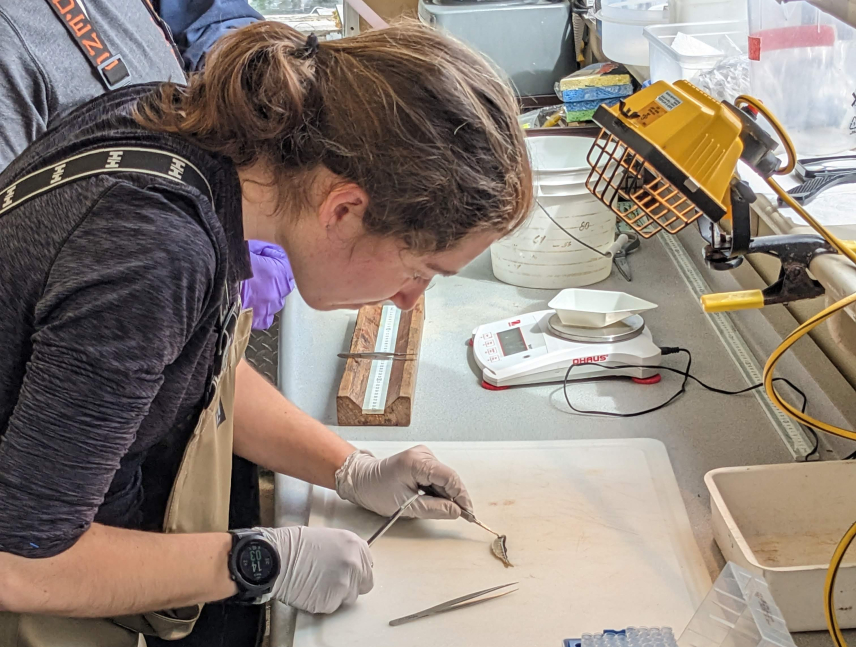
5:00 p.m.
Work day concludes! I always tried to do something active before dinner. Sometimes this meant running laps around the float dock (there aren’t any real roads or long trails at Little Port Walter) and other days I would go open water swimming to test how long I could last in 6-8°C (42-46°F) water.
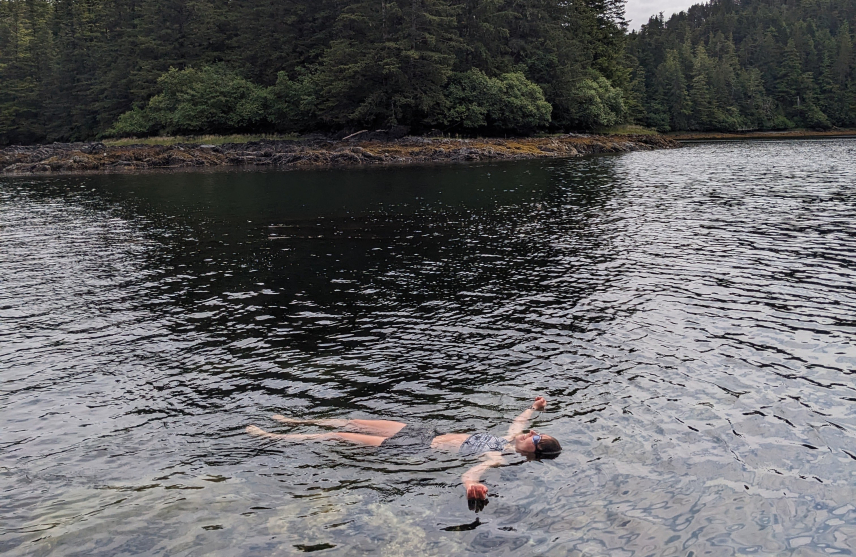
6:30 p.m.
Dinner time! Honestly, this was a highlight of most days. The other researchers at Little Port Walter were all incredibly nice and interesting people. We got into the routine of cooking most dinners together. It was fun to experiment with the various ingredients we foraged from the wilderness or the back of the pantry. We made some pretty delicious meals.
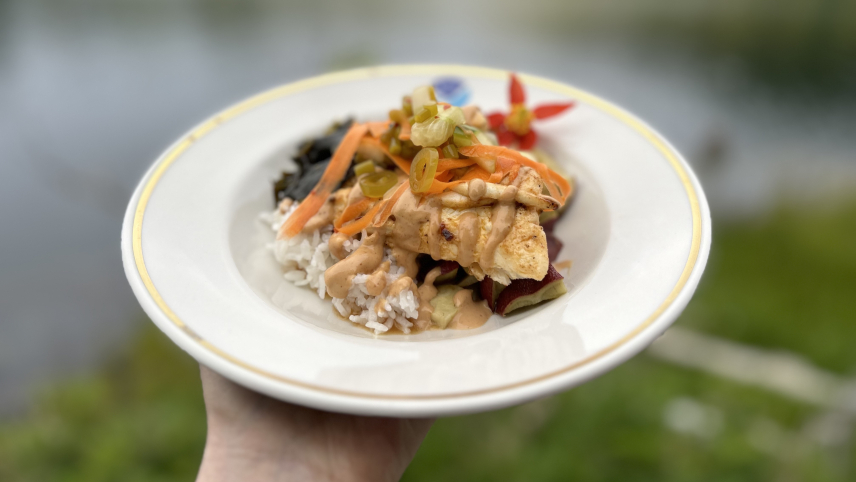
9:00 p.m.
Canoe time! At the start of the summer, especially, Aksiin and I frequently went for sunset canoes. It’s hard to describe just how peaceful this time of day was in remote Alaska. Not another person in sight, just us and the humpback whales, seals, deer, and more. Sometimes we would paddle to a small island and explore. Other times we would just canoe to the end of the bay. Once back, it was time to go to sleep!
After a week of work, we all took advantage of our time off on the weekends. I enjoyed the opportunity to explore the surrounding mountains and muskeg (a peat bog). With no real trails, we bushwhacked up mountains following in the (literal) footsteps of deer and brown bears and hung tightly to blueberry bushes on our way down. The views at the top made the difficulties of getting there so worth it. Once back on station, I usually tried to convince people to join me in cold water dips off the dock. Another favorite weekend activity of mine had to be freediving. I got to swim through my first kelp forest and see lots of cool invertebrates, which I enjoyed.
I’ve grown not only as a scientist, but also in general. I strongly encourage future scholars and interns to not be afraid to push yourself outside of your comfort zone.
Before landing in Little Port Walter (via none other than a float plane), I must admit I was a tad intimidated. Unsure what to expect, the idea of living in the remote wilderness for six-plus weeks seemed a bit daunting. However, once I arrived I knew I had made one of the best decisions yet. The ability to live, work, and play in such a unique ecosystem is a huge opportunity as an intern. I’ve grown not only as a scientist, but also in general. I strongly encourage future scholars and interns to not be afraid to push yourself outside of your comfort zone.
Emma Rudy Srebnik is a 2022 Hollings scholar who is studying environmental sciences, GIS, and marine sciences at the University of North Carolina at Chapel Hill.



